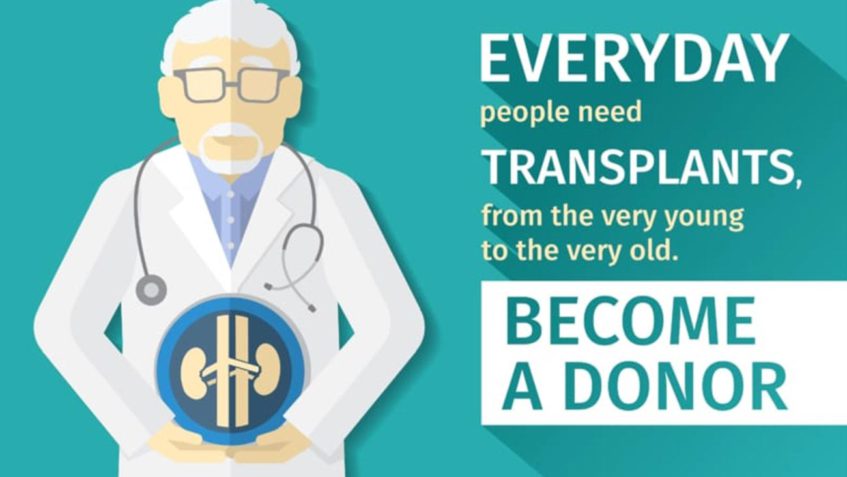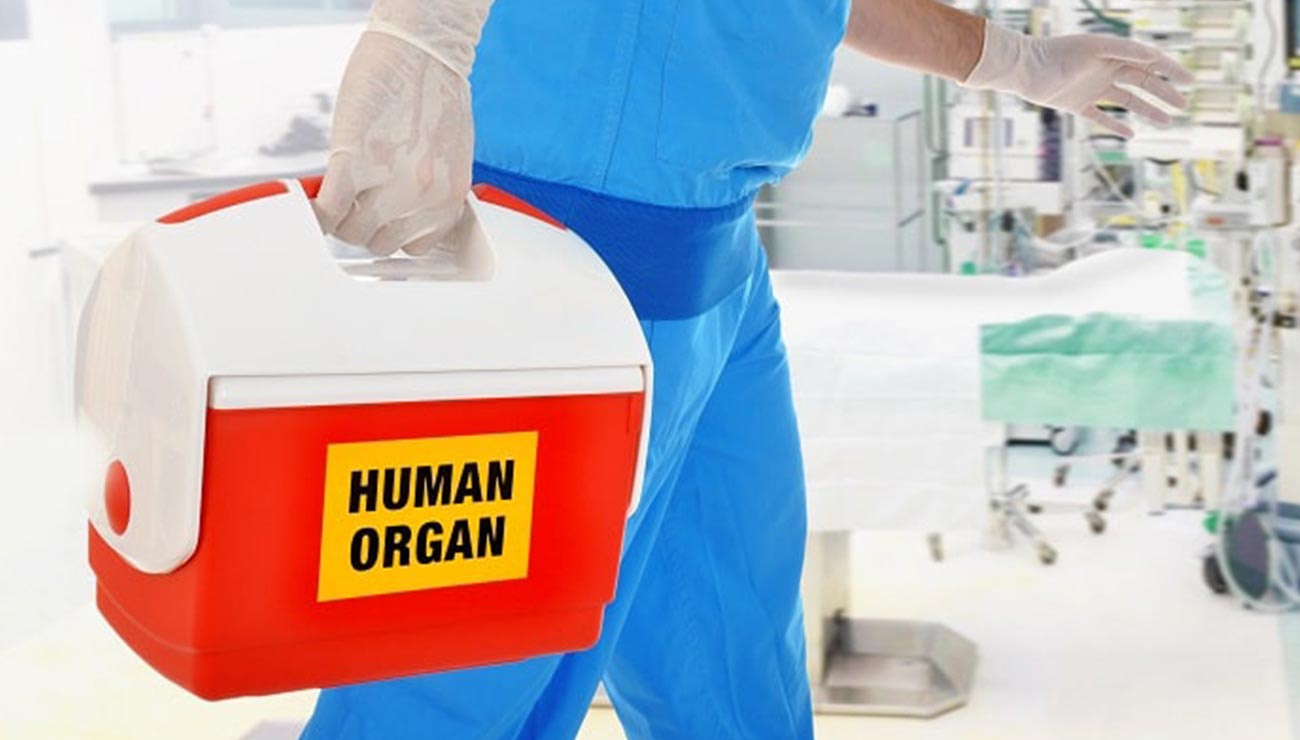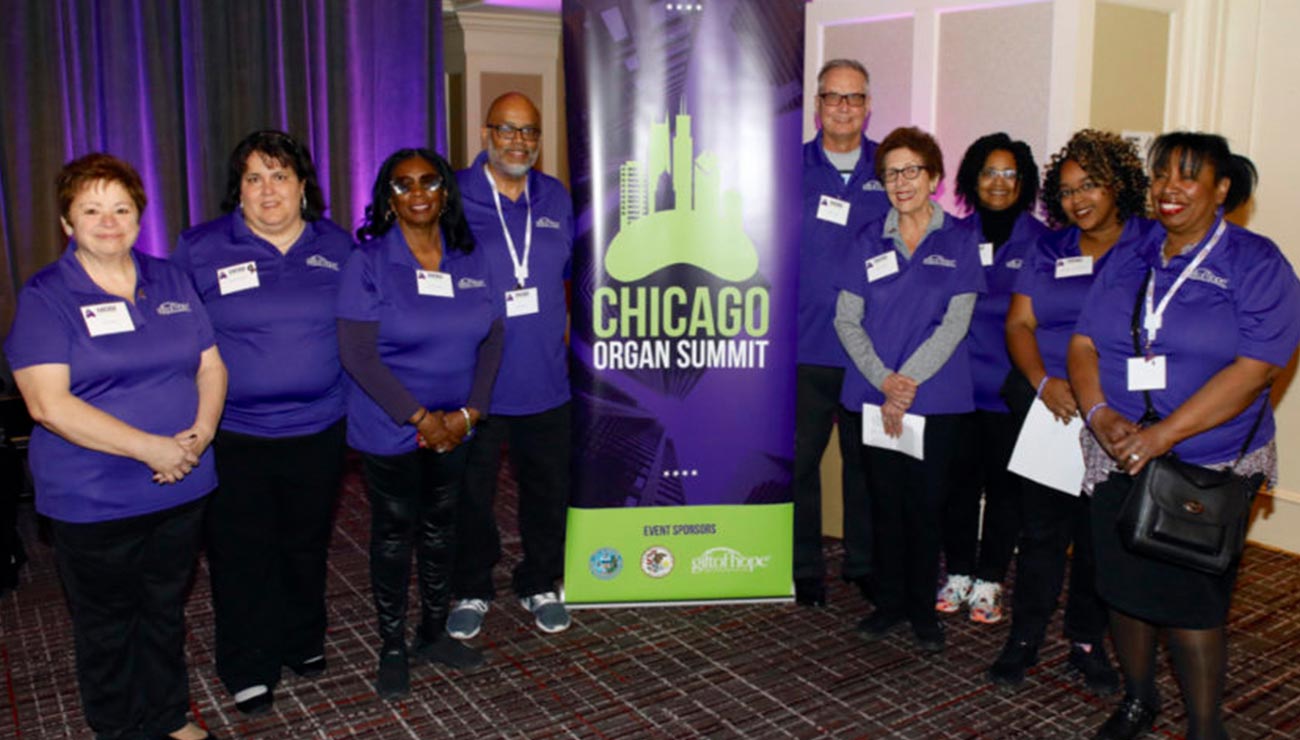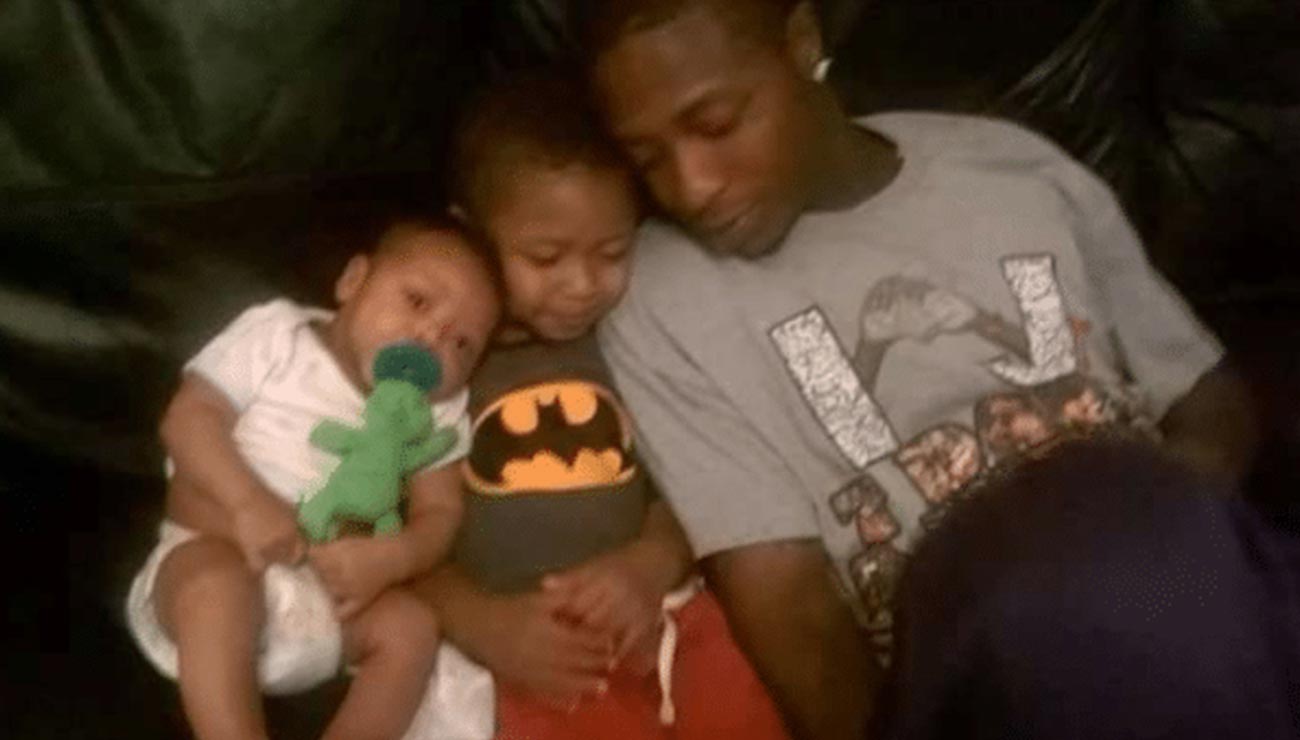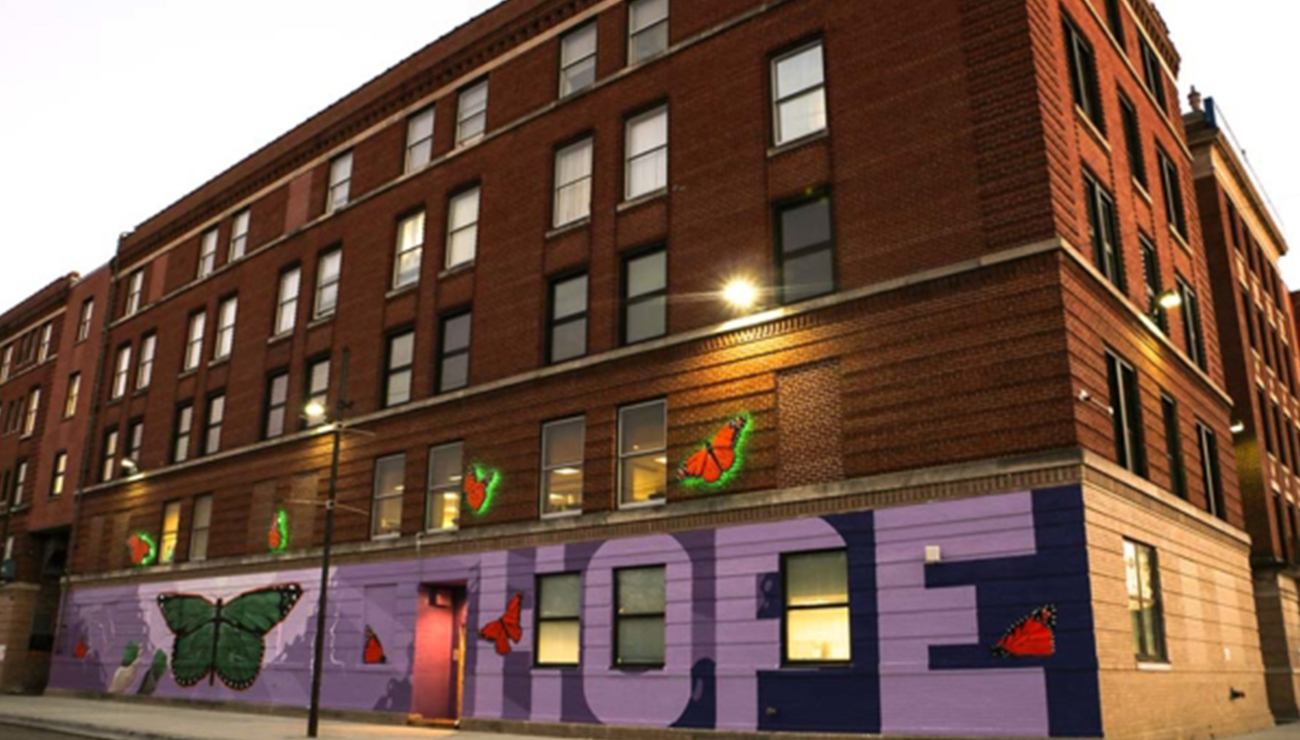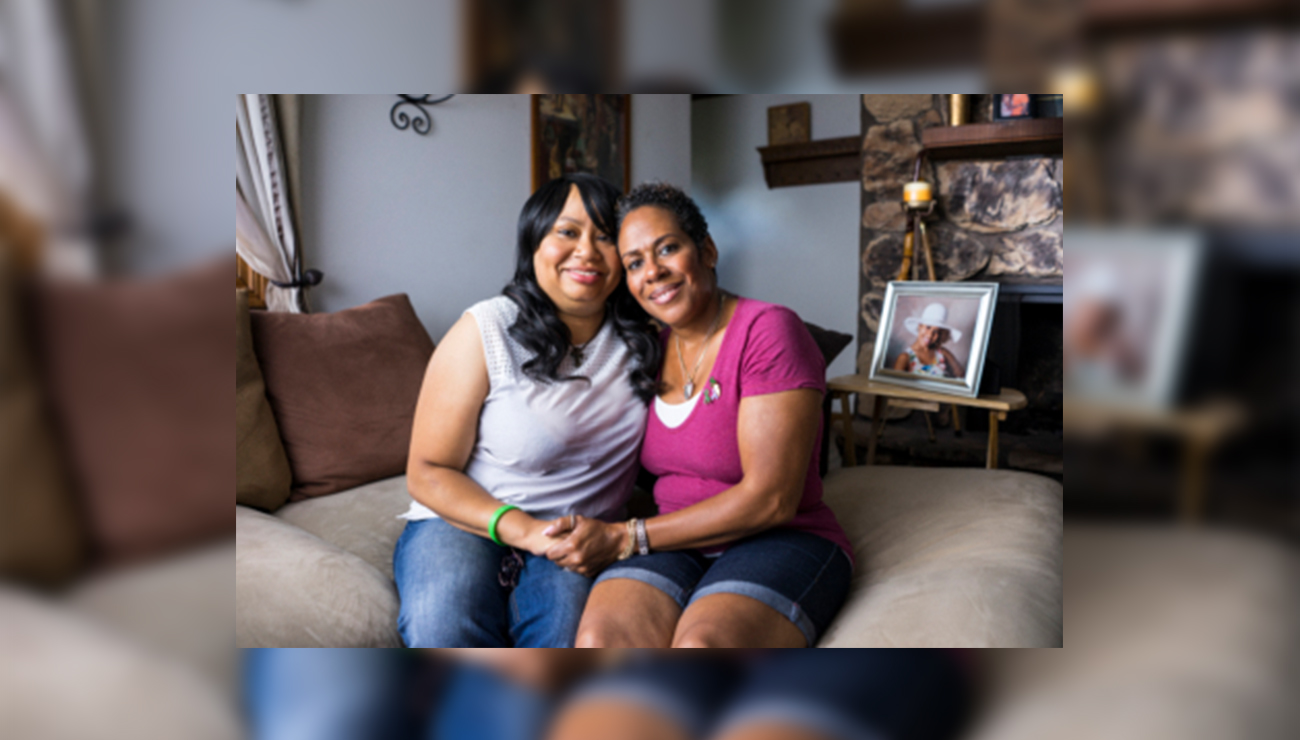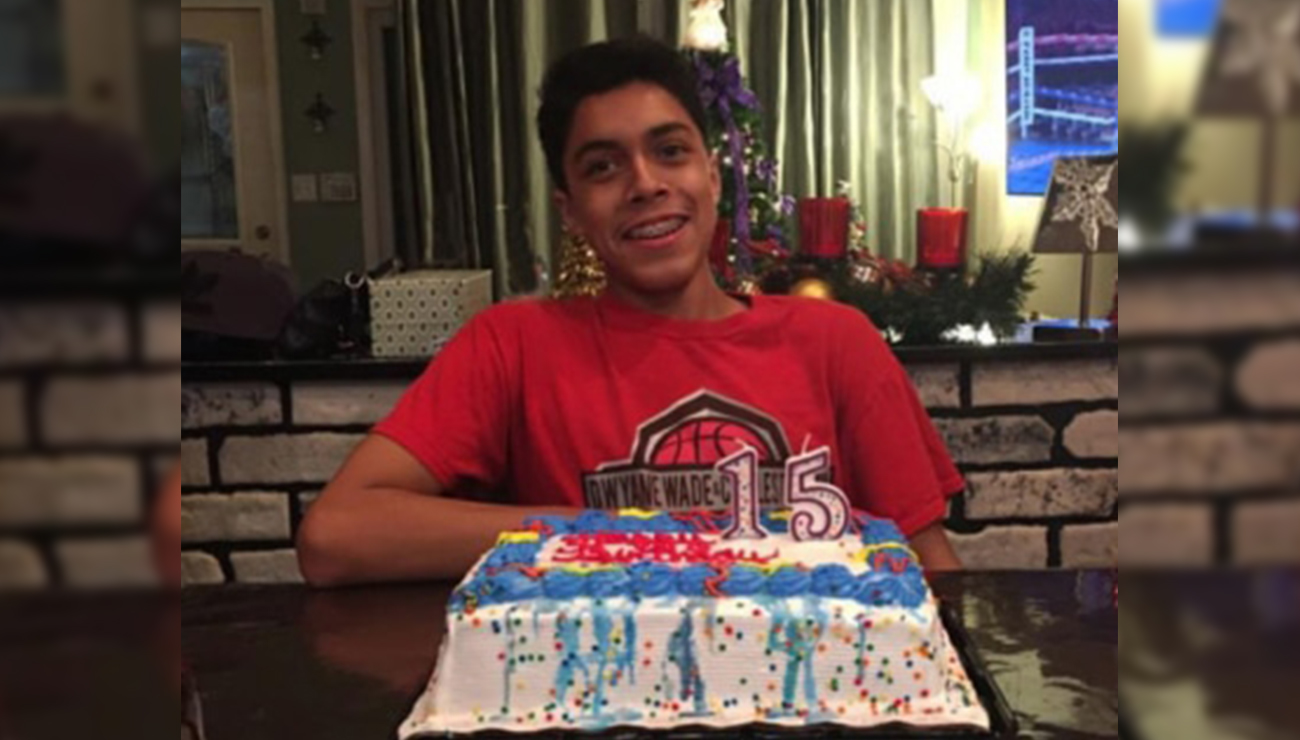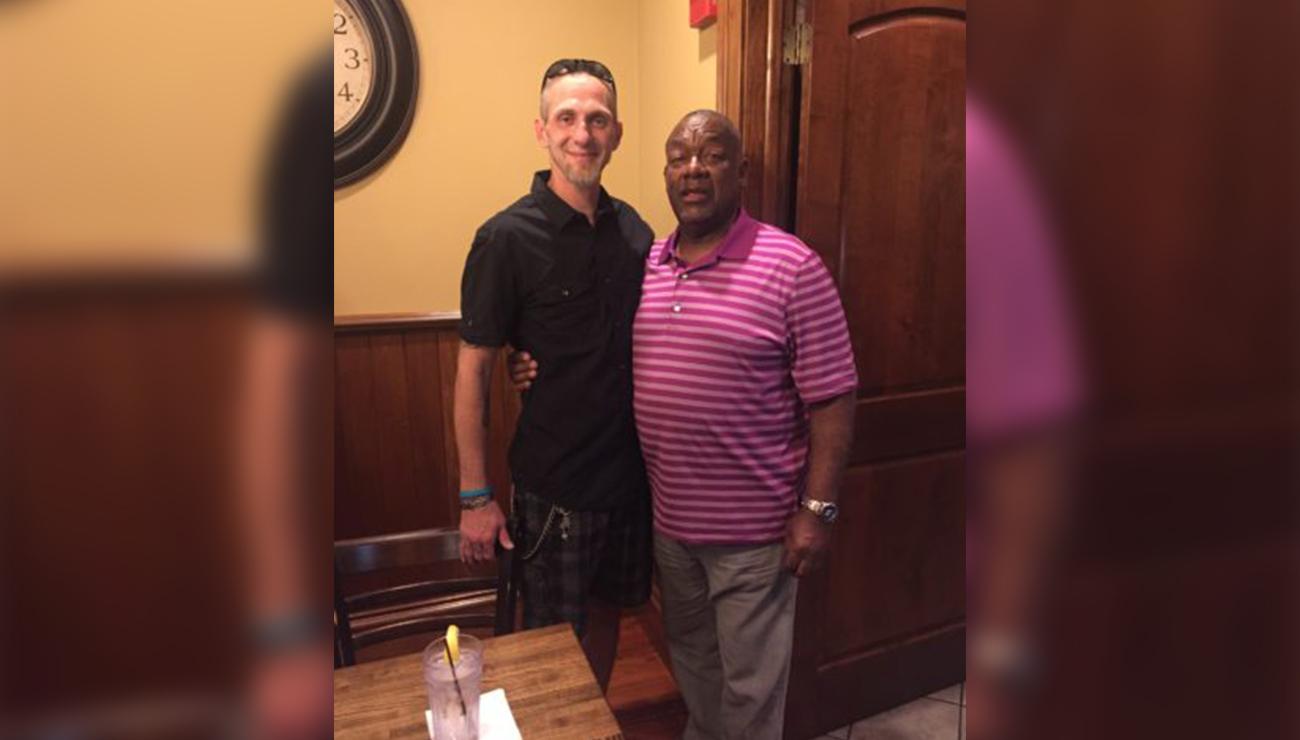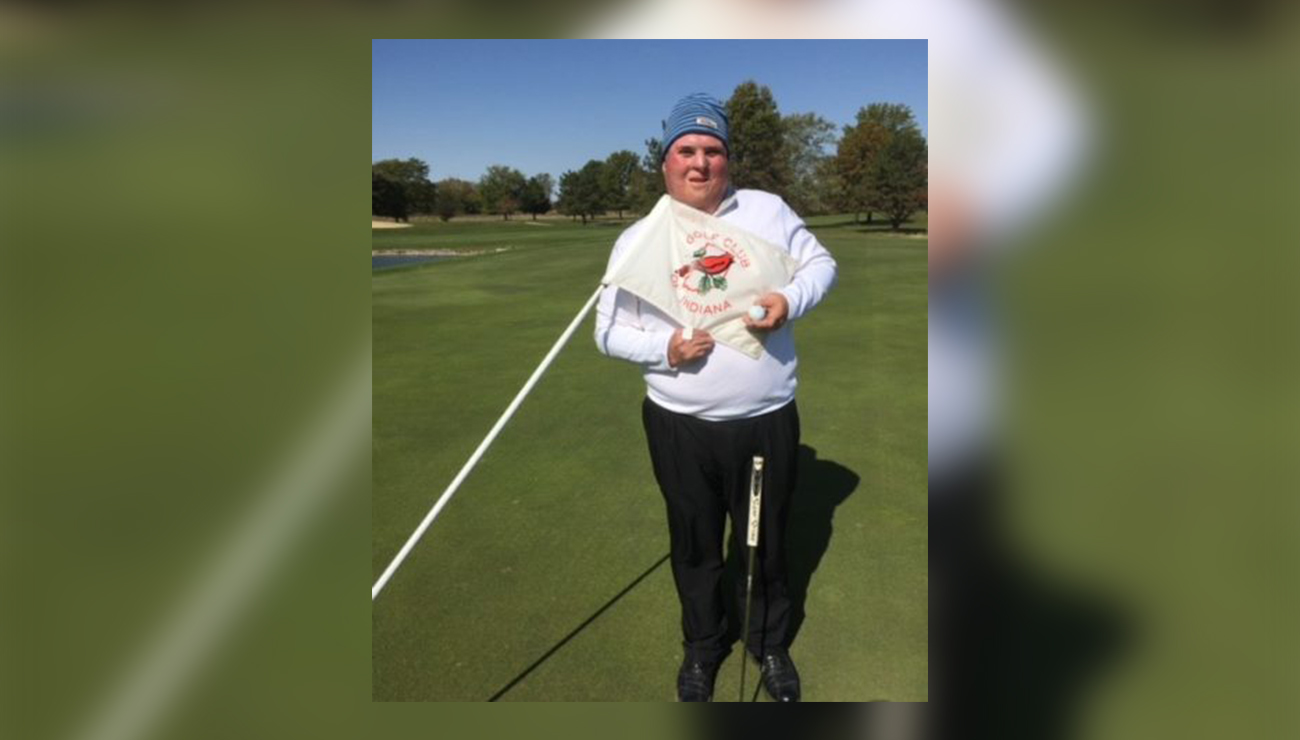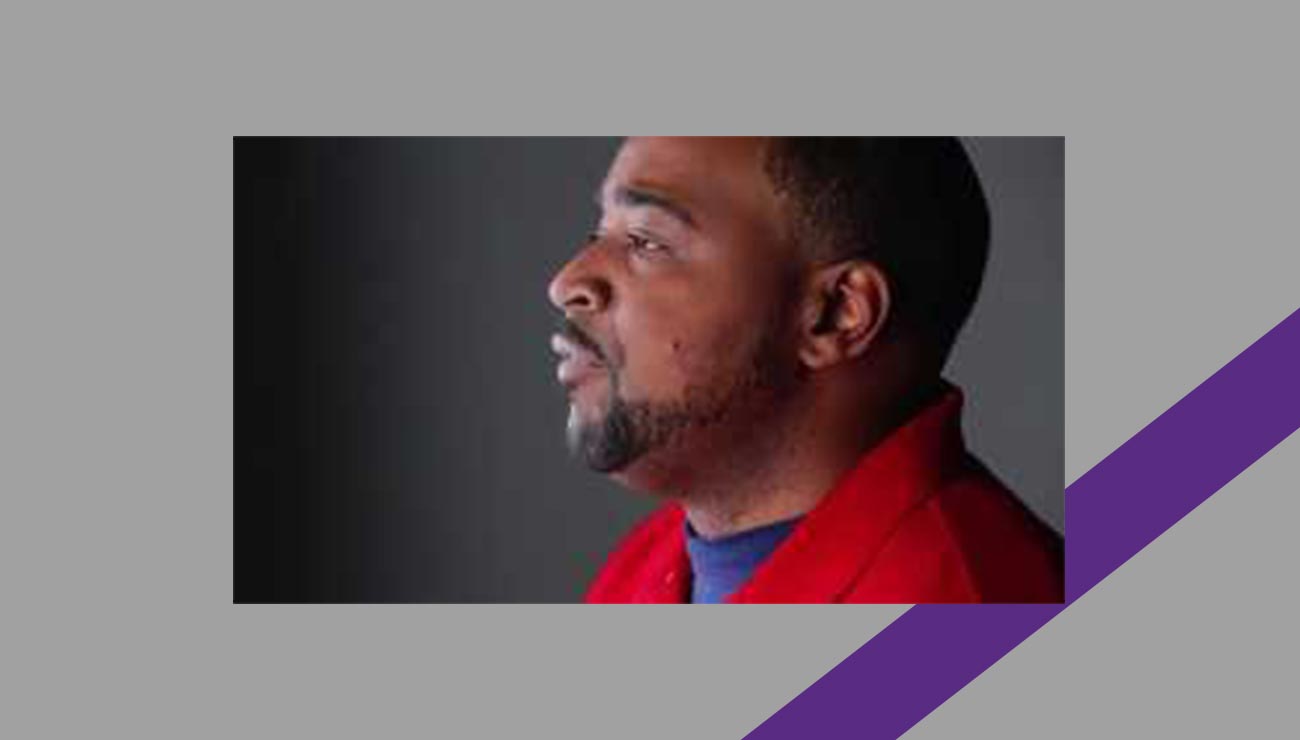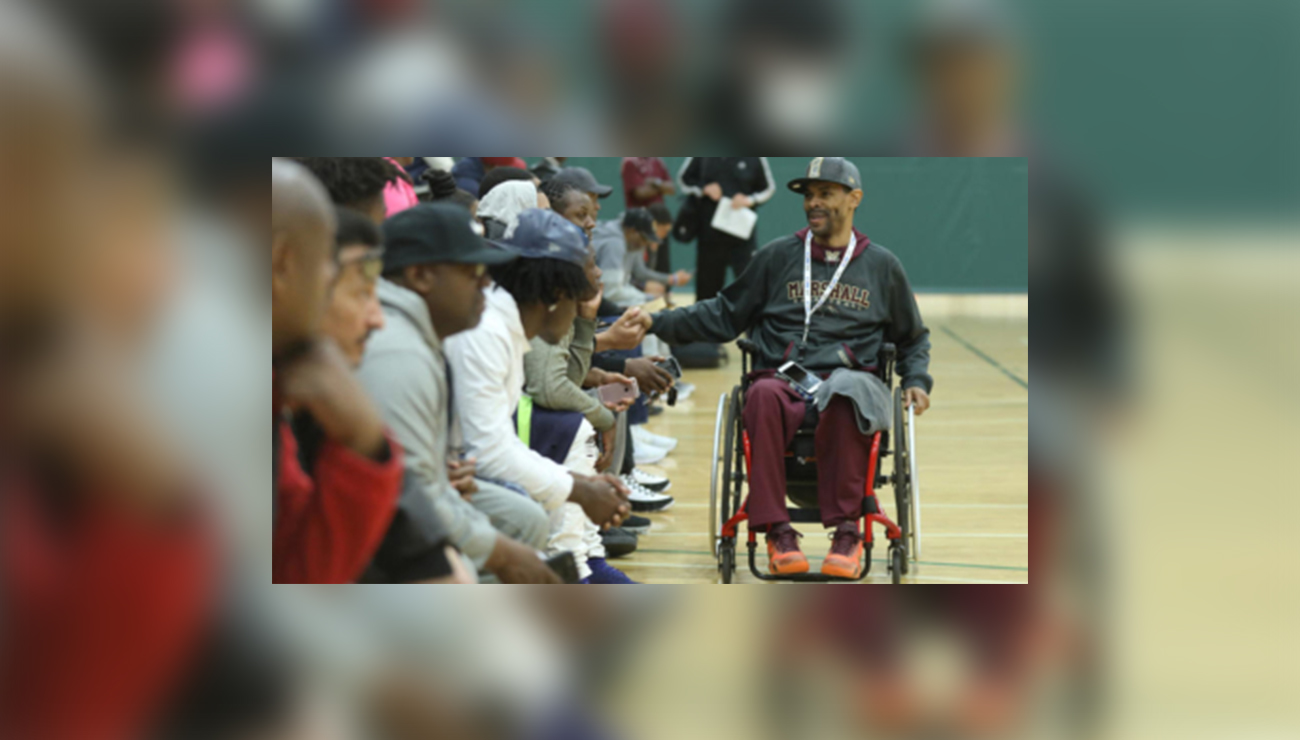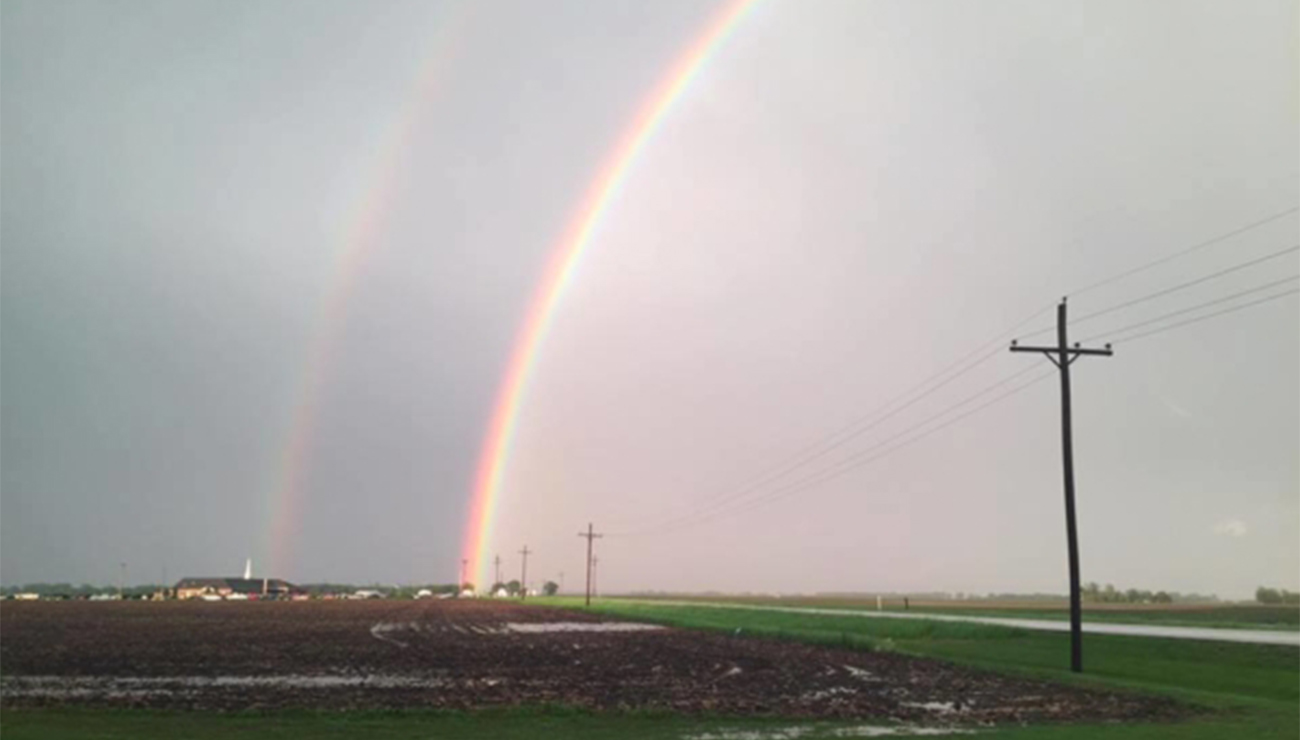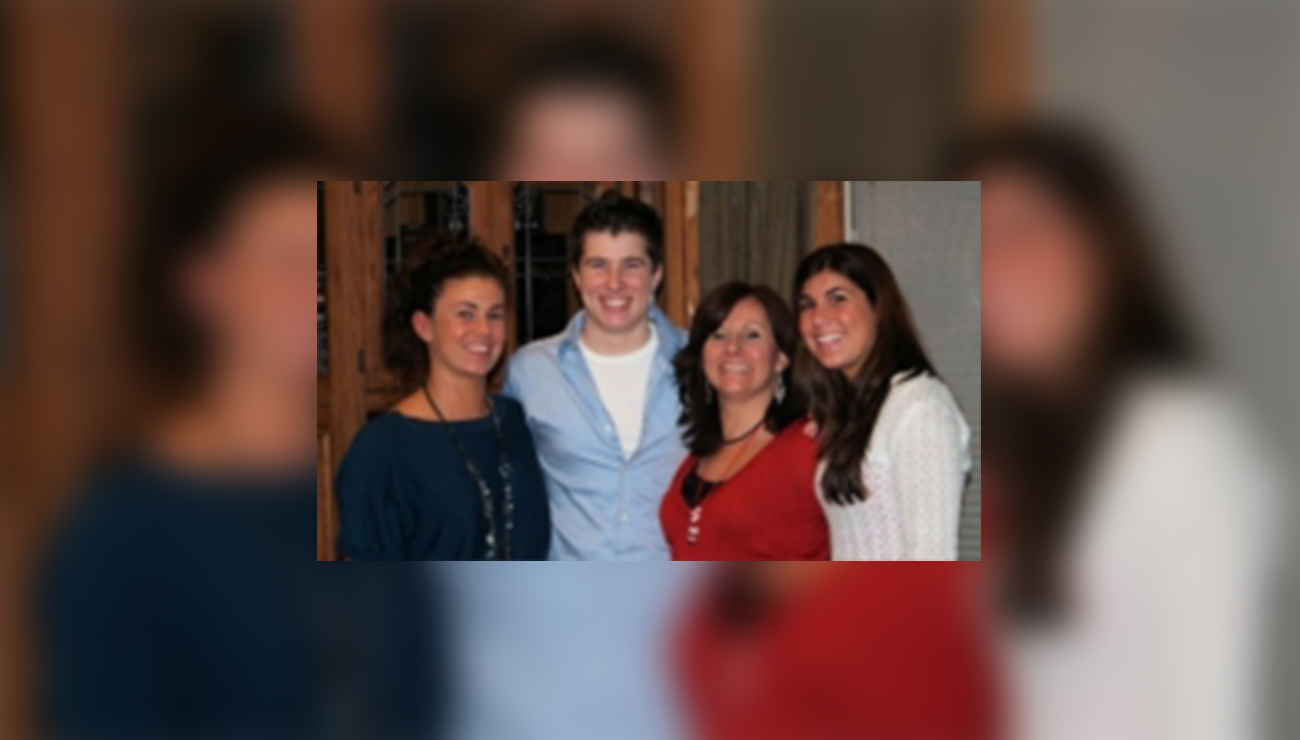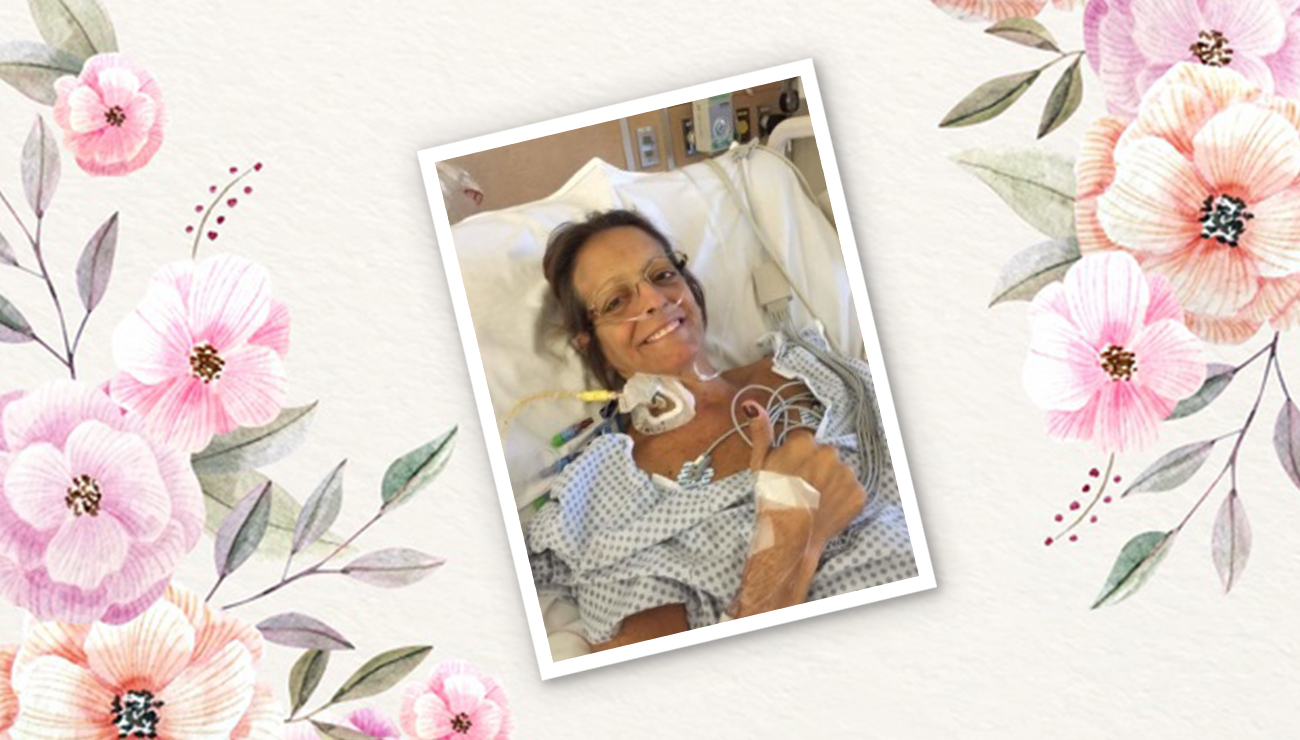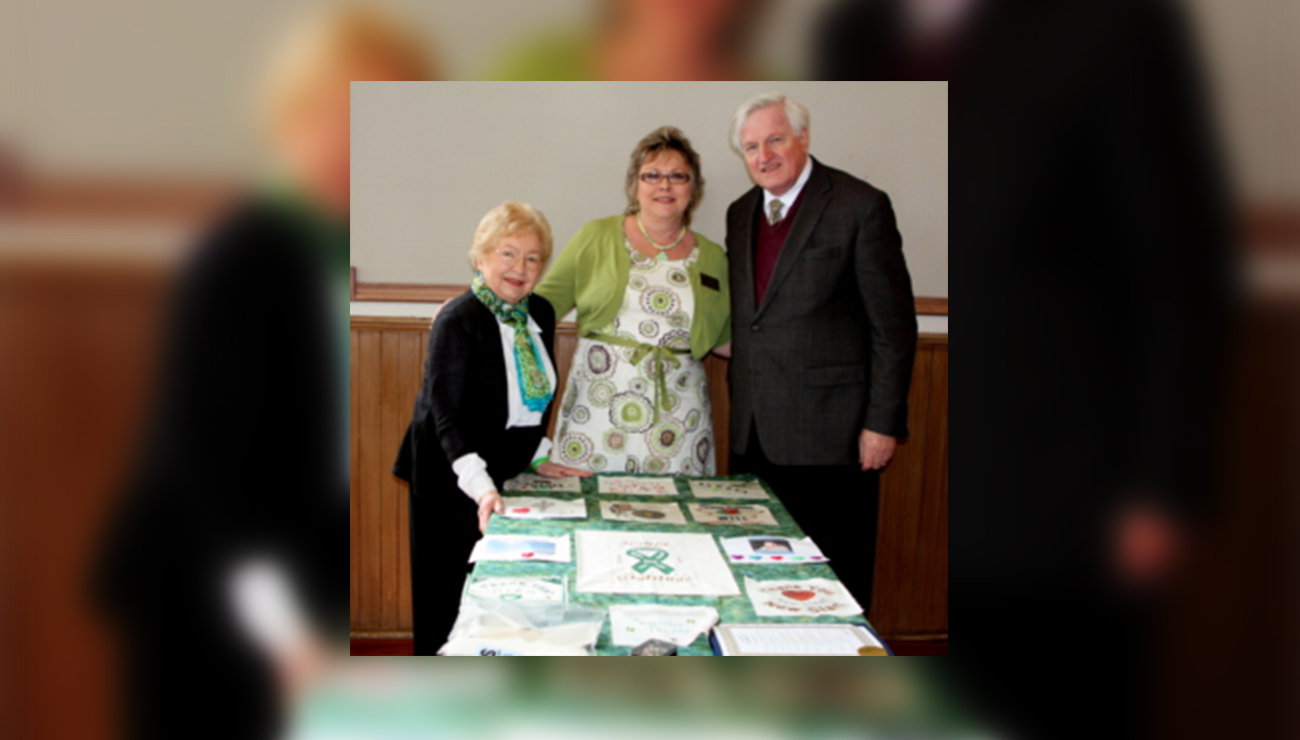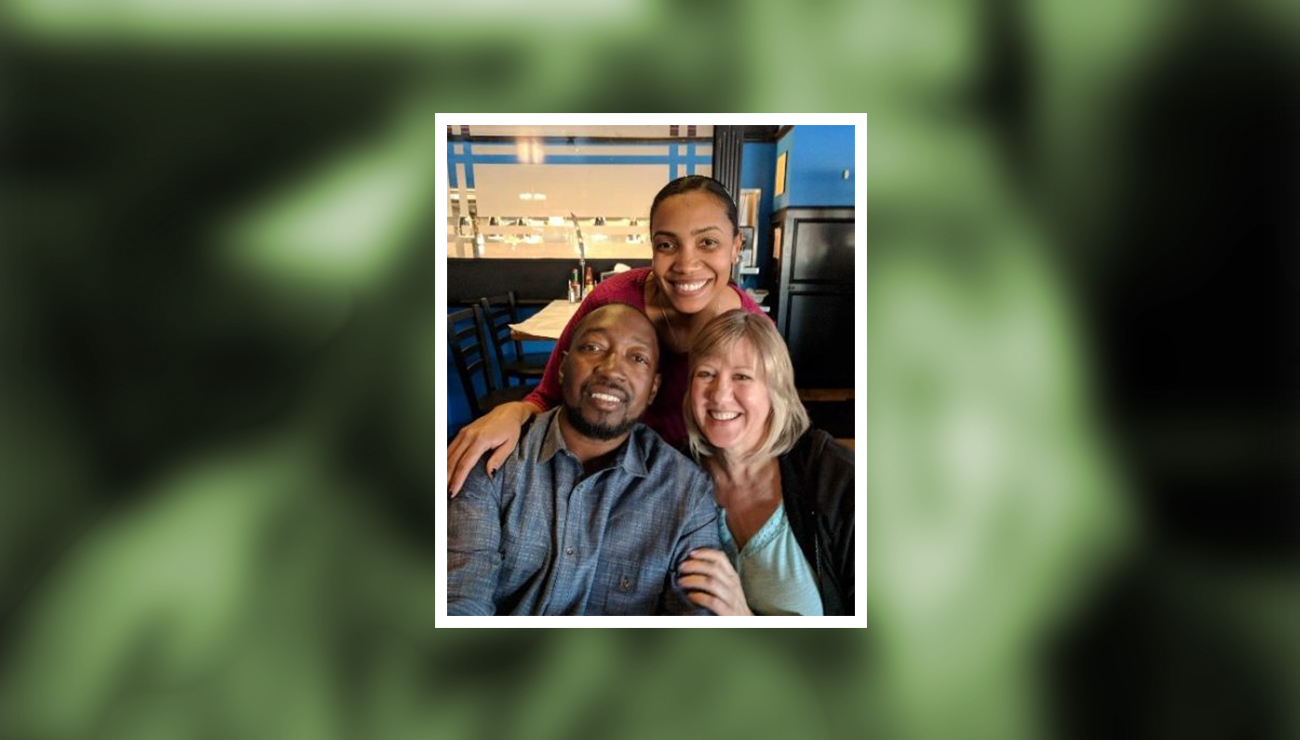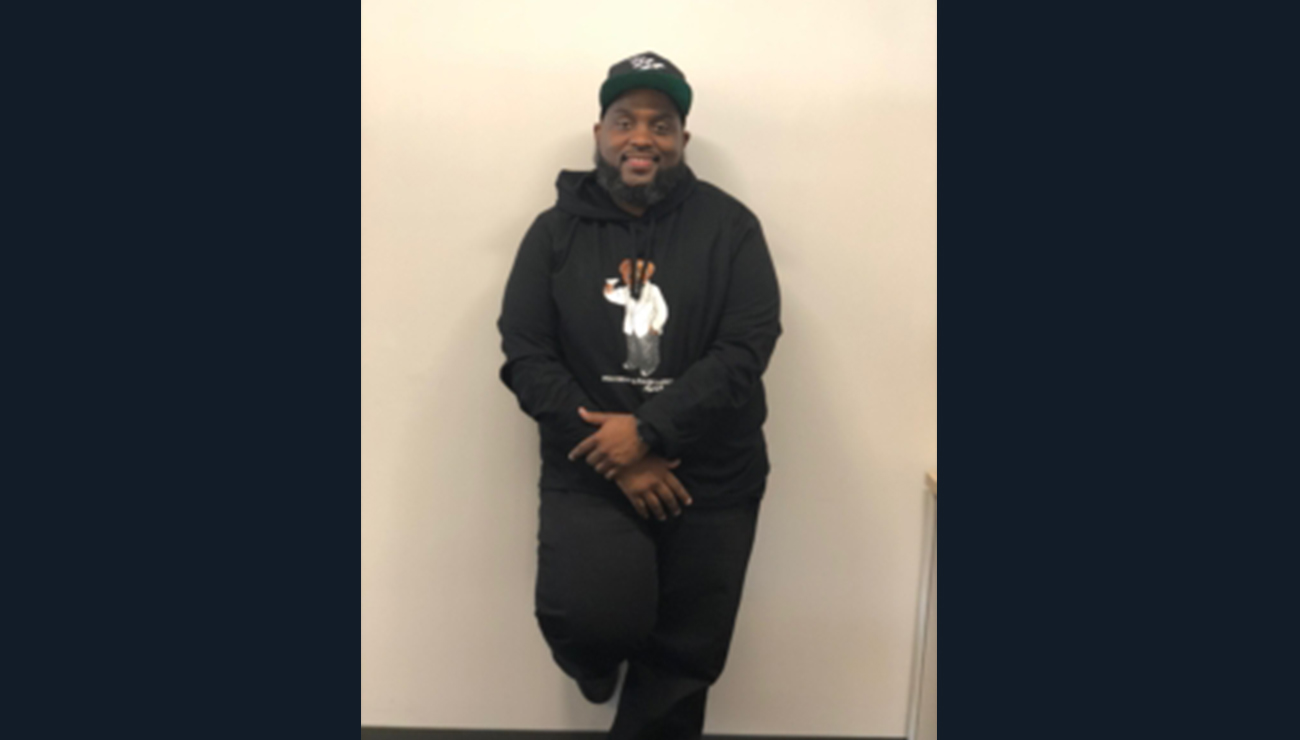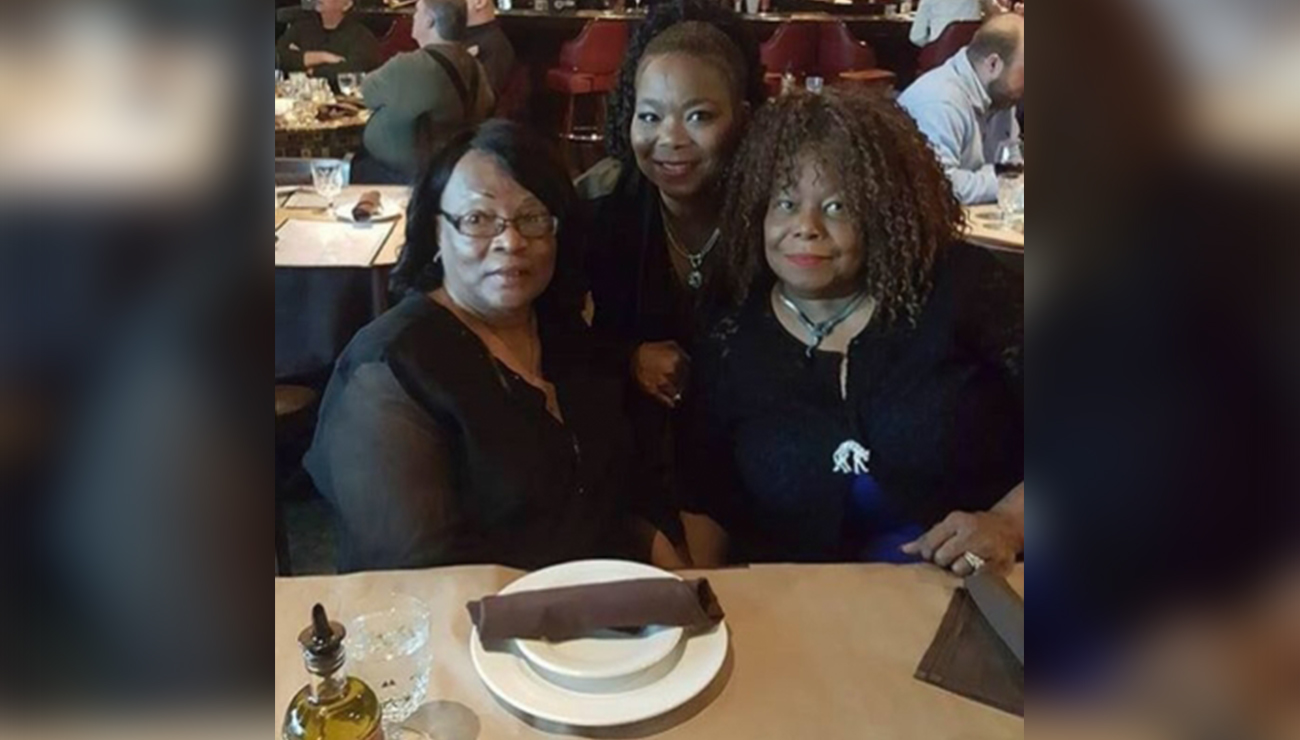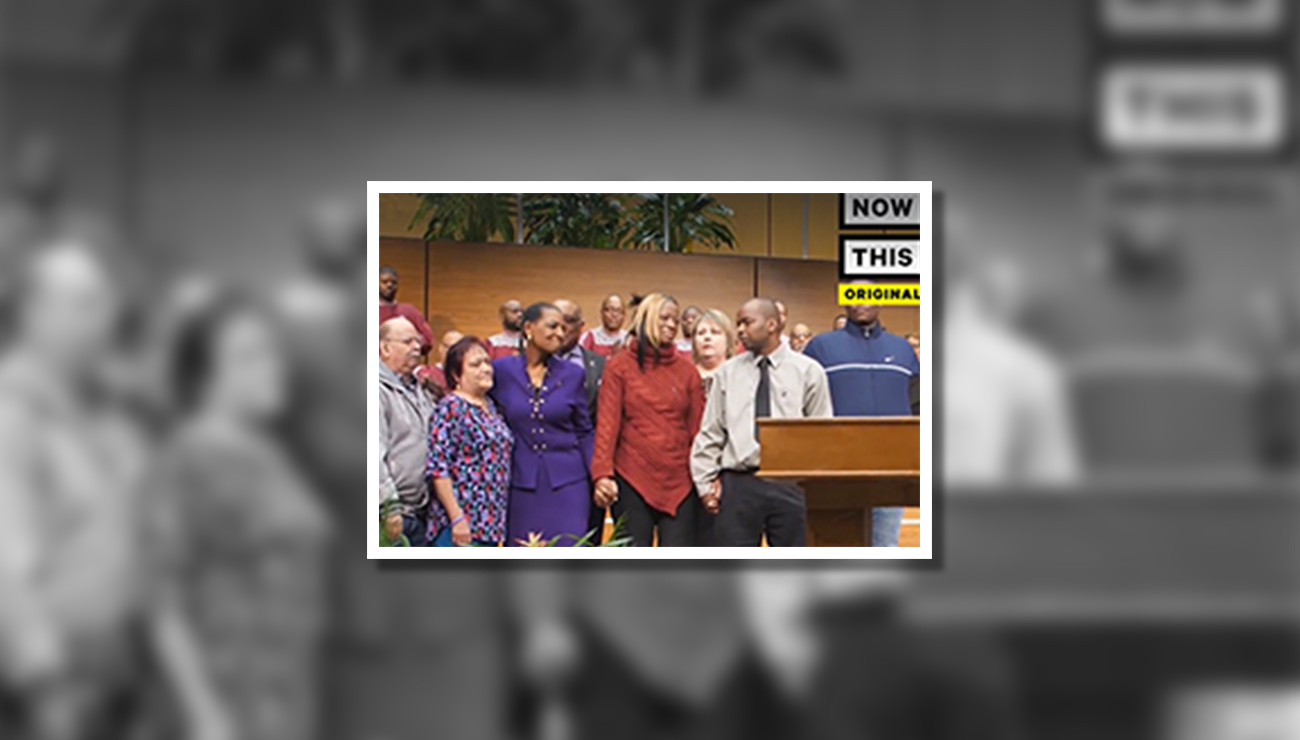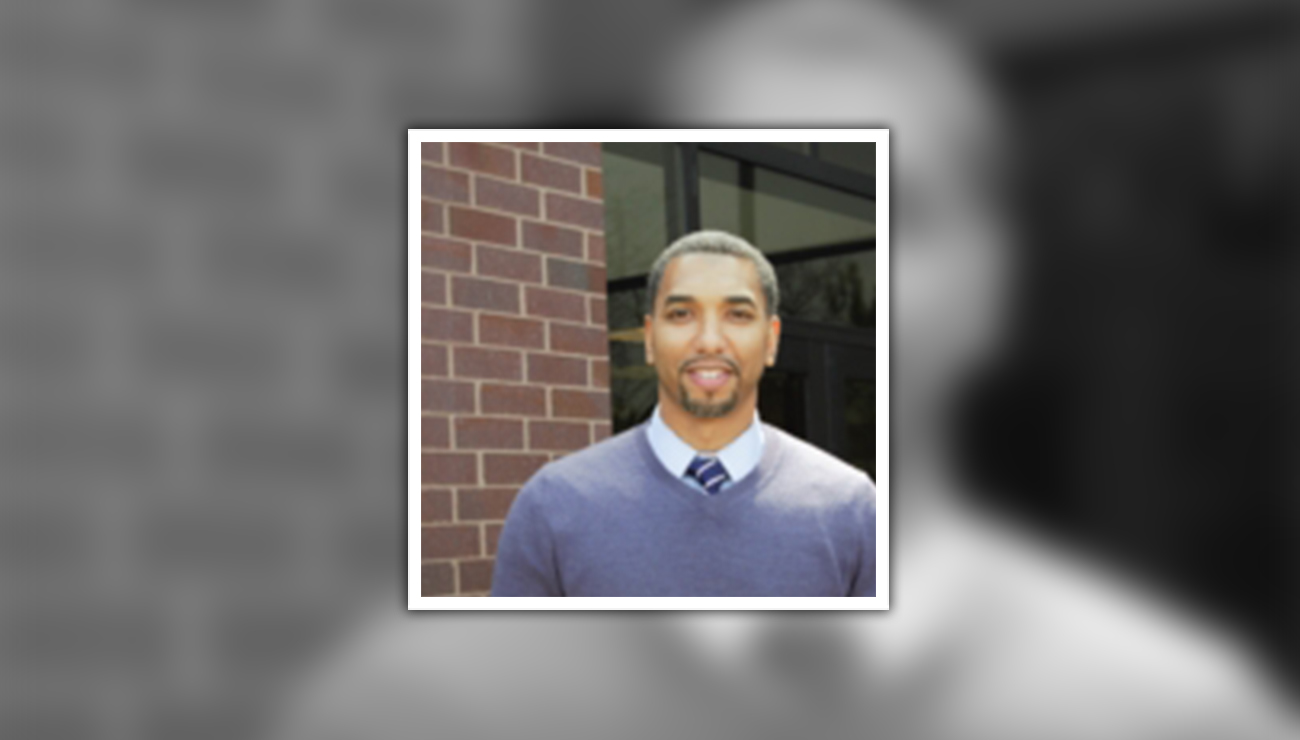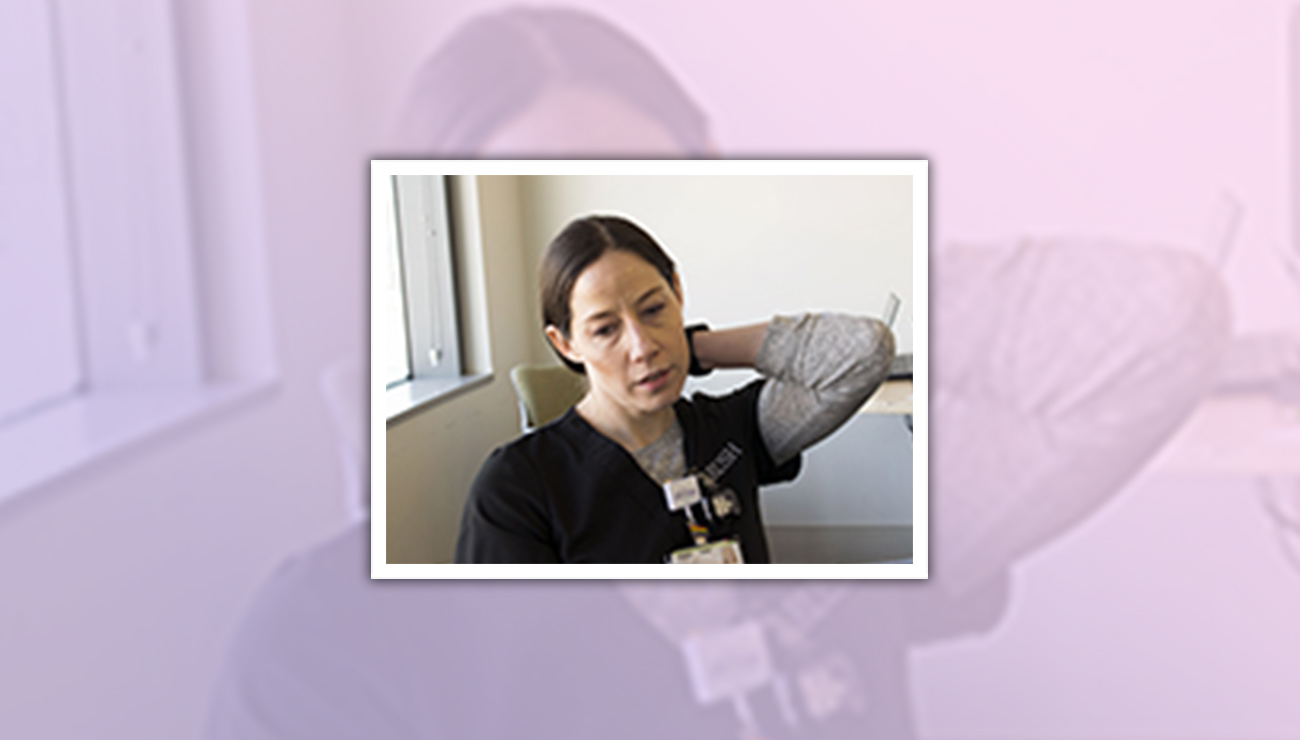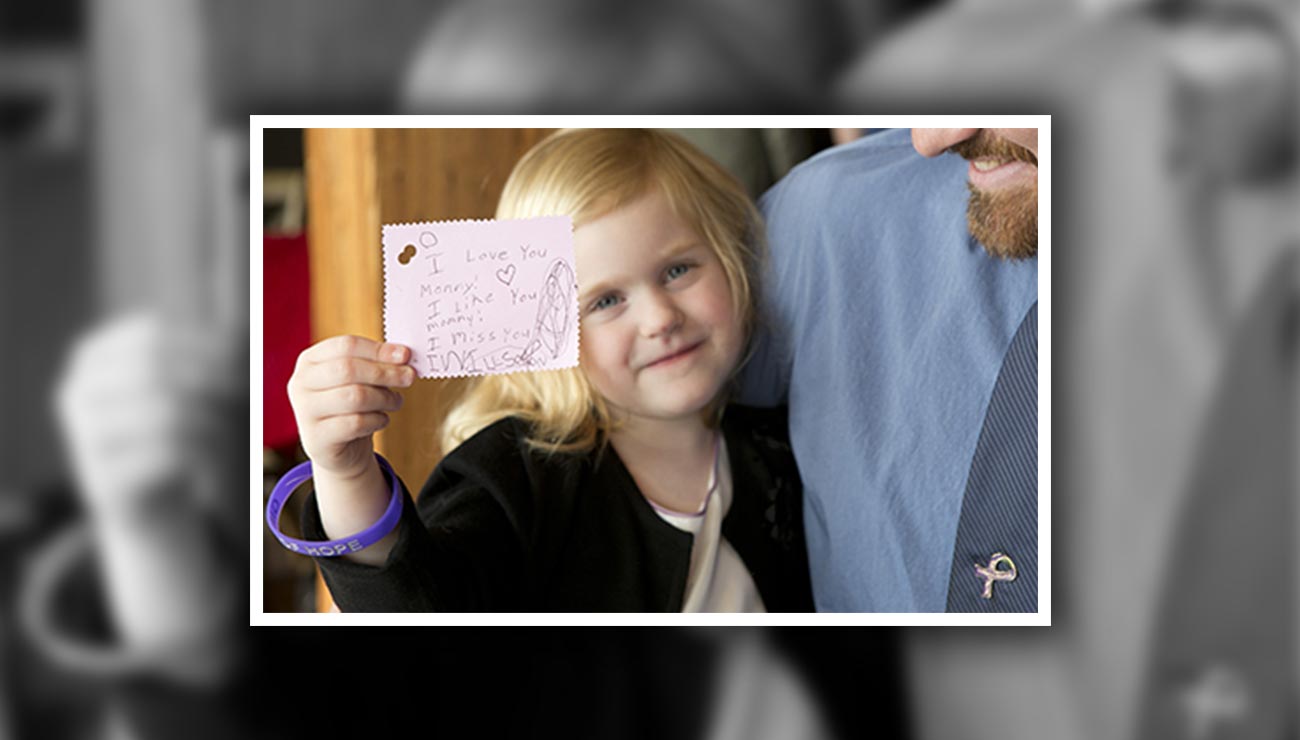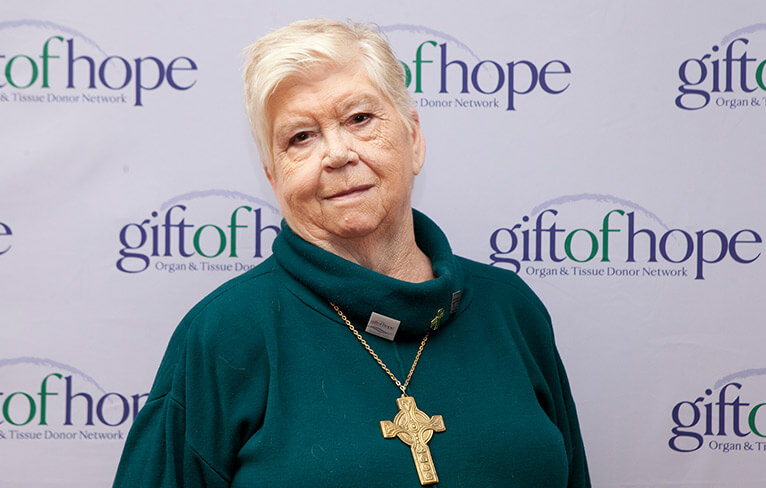As medical science continues to advance, the call for donated organs and tissues increases. Back in 1991, there were 23,000 people on the national transplant waiting list but in 2018, the number had grown to 113,000 men, women and children in the United States awaiting a transplant according to information from the Organ Procurement and Transplantation Network. Unfortunately, the number of donors has not grown at the same rate. In 1991, there were 6,953 donors available and in 2018, the number of available donors had only grown to 17,554. While there are nearly five times as many people awaiting transplants than in 1991, there are only a little more than two times as many available donors. To see the chart showing this disparity, visit https://www.organdonor.gov/statistics-stories/statistics.html.
One of the reasons some people do not sign up to be donors is that they believe they are too old. Older adults imagine that their aging bodies are not viable options for transplants, but the truth is that donated organs and tissues can come from people of all ages.
Facts about age and organ donation
*Tissues and organs from donors in their 80s and 90s have saved and changed lives. Carlos was just days shy of his 93rd birthday when he passed away. His liver went to a 69-year-old woman who had end-stage liver disease. The transplant was successful and she now has a chance for many more years of life. To read more on this successful transplant, visit https://www.organdonor.gov/statistics-stories/donation-stories/carlton-liver-donor.html.
*In 2018, one out of three actual organ donors, both living and deceased, were over the age of 50 according to UNOS.
*Even organ and tissue donors with complicated medical histories are considered on a case-by-case basis. Doctors are the ones who determine if an organ is suitable for a transplant after all efforts have been made to preserve life.
*A study at John Hopkins University School of Medicine found that healthy living donors over the age of 70 can successfully donate a kidney safely.
Remember these organ donor facts
*People of all ages, medical histories, social status and ethnicities are eligible to be organ and tissue donors. The more diverse the organ donor list, the better the chances of finding compatible recipients.
*In addition to organs, there are tissues from donors that can change and save lives. The organs and tissues that can be donated include the heart, kidneys, lungs, pancreas, liver, intestines, corneas, skin, tendons, bone, nerve and heart valves.
*One donor can save up to eight lives and enhance the lives of 25 others.
Register today, no matter how many birthdays you have celebrated
Since records started being maintained by UNOS in 1988, there have more than 750,000 organ
transplant operations performed in the United States. Although that number is impressive, there are many others waiting for a life-saving transplant. Becoming a registered organ donor, no matter what your age, offers more possibilities for additional transplants.
Gift of Hope was founded with a mission of facilitating organ and tissue donation. This federally designated not-for-profit agency has coordinated organ and tissue donation and offered help to the donor families in the northern three-quarters of Illinois and northwest Indiana since 1986. Gift of Hope has helped arrange 23,000 organ transplants and continues to work with 180 hospitals that serve 12 million people in an effort to save even more lives. Adding your name to a donor list allows Gift of Hope to reach even more of the thousands on the transplant waiting list.
No matter your age, take the time to become a registered donor. The process takes a few minutes, but it can mean years of life to someone in the future. To learn more about the impact of becoming a donor, visit https://www.giftofhope.org/contact.

